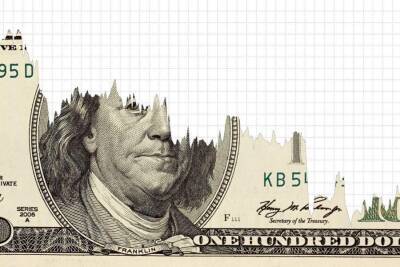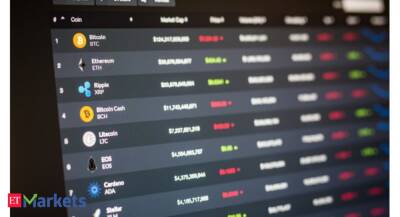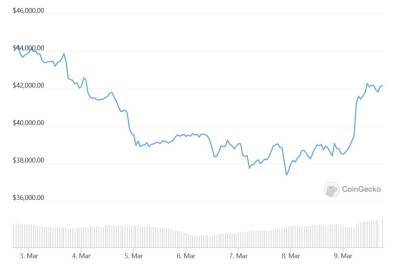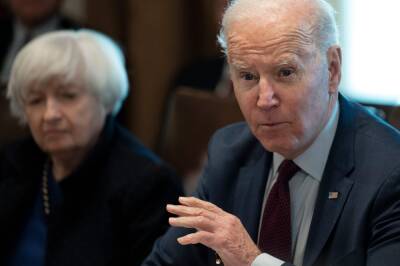Bitcoin derivatives metrics reflect traders’ neutral sentiment, but anything can happen
Bitcoin's (BTC) last daily close above $45,000 was 66 days ago, but more importantly, the current $39,300 level was first seen on Jan. 7, 2021. The 13 months of boom and bust cycles culminated with BTC price hitting $69,000 on Nov. 10, 2021.
It all started with the VanEck spot Bitcoin exchange-traded fund being rejected by the United States Securities and Exchange Commission (SEC) on Nov. 12, 2020. Even though the decision was largely expected, the regulator was harsh and direct on the rationale backing the denial.
Curiously, nearly one year later, on Nov. 10, 2021, cryptocurrency markets rallied to an all-time high market capitalization at $3.11 trillion right U.S. inflation as measured by the CPI index hit 6.2%, a 30-year high.
Inflation also had negative consequences on risk markets, as the U.S. Federal Reserve acknowledged on Nov. 30, 2021 that inflation is more than just a "transitory" problem and hinted that tapering could occur sooner than expected.
More recently, on March 10, the U.S. Senate passed a $1.5 trillion package, which now awaits President Joe Biden's signature. The new money is the first budget increase since former President Donald Trump left office.
To understand how professional traders are positioned, including whales and market makers, let's look at Bitcoin's futures and options market data. The basis indicator measures the difference between longer-term futures contracts and the current spot market levels.
The Bitcoin futures annualized premium should run between 5% to 12% to compensate traders for "locking in" the money for two to three months until the contract expiry. Levels below 5% are extremely bearish, while the numbers above 12% indicate bullishness.
The above chart shows that this metric
Read more on cointelegraph.com






















